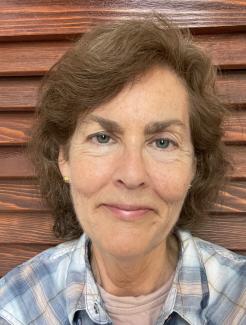
Professor
Address
Office: Bren Hall 3508
Phone
Email
Research Areas
Environmental Microbiology
Bren Courses Taught
Instructor Code
07
Patricia Holden will be on sabbatical in Winter and Spring 2026.
Education
PhD, Soil Microbiology, UC Berkeley
MEng, Civil & Environmental Engineering, UC Berkeley
MS, Civil Engineering, Purdue University
BS, Civil Engineering, University of Tennessee
Bio
Professor Holden‘s background is in civil/environmental engineering and soil microbiology. Her research cross-cuts these fields.
Research Interests
Environmental microbiology, microbial ecology, water quality, soil microbiology and processes, biodegradation, wastewater, pathogens in the environment.
Postdoctoral Researchers
People
PhD Candidates in Patricia Holden's Research Group
People
PhD Student
Research Areas:
Biogeochemistry, soil microbial ecology, nutrient cycles, climate change, climate change p